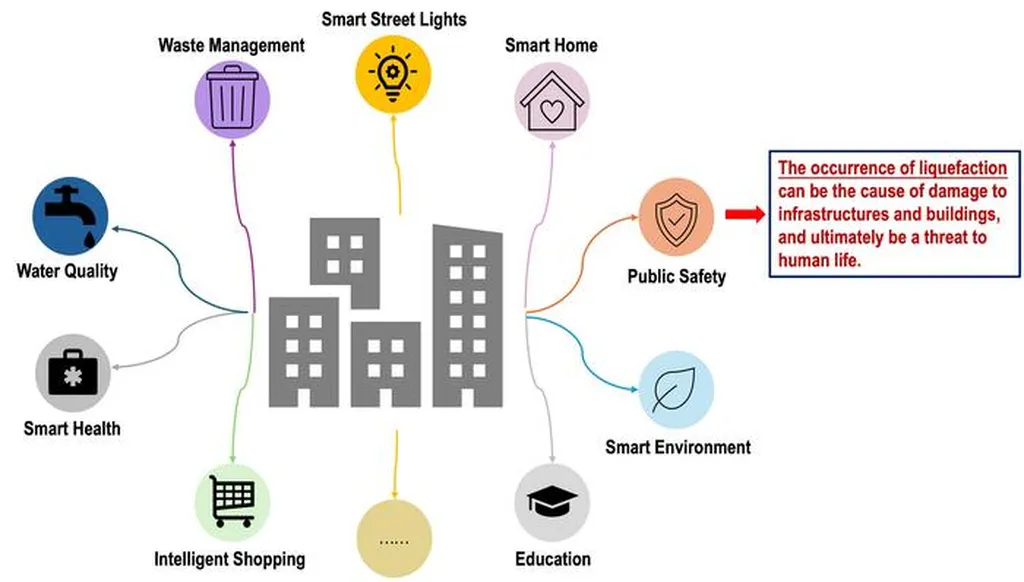In the heart of China, researchers are tackling a global challenge that hits close to home: soil acidification. This silent menace is eating away at the productivity of arable land, and with it, the potential of our food systems. But a new study, led by Pengshun Wang from the College of Resources and Environmental Sciences at China Agricultural University, is offering a beacon of hope. Published in the esteemed journal *Geoderma* (which, funnily enough, translates to “Earthy Matter”), this research is set to revolutionize how we predict and manage soil quality.
Soil acidification is a complex beast, and combating it often involves applying amendments—substances added to soil to improve its properties. But here’s the catch: predicting how these amendments will affect soil quality has been like trying to predict the weather in a chaotic climate. Until now.
Wang and his team have developed a robust model using a technique called random forest (RF), which has proven to be a game-changer. They compared it to the more traditional multiple linear regression (MLR) method and found that RF was not just better, but exceptionally so. “The RF model demonstrated greater reliability and adaptability,” Wang explains, “highlighting its practical value for guiding amendment selection in acid soil management.”
The team conducted 41 soil culture treatments, covering organic, inorganic, and combined amendments, to compile a comprehensive dataset. They then used this data to establish their predictive models. The results were striking. While MLR models struggled with certain soil indicators due to assumptions like linearity and normality, the RF model excelled across the board. It accurately predicted changes in soil pH, exchangeable acid, exchangeable calcium, and exchangeable magnesium, with an impressive R2 greater than 0.80.
But what does this mean for the energy sector, you ask? Well, soil health is intricately linked to bioenergy production. Healthy soils can enhance the growth of energy crops, which are crucial for biofuel production. By accurately predicting the effects of soil amendments, we can optimize soil health and, in turn, boost bioenergy yields. This research could pave the way for more sustainable and efficient energy production, reducing our reliance on fossil fuels.
Moreover, the adaptability of the RF model means it can be applied to various types of amendments and soil conditions. This flexibility is a significant step forward in precision agriculture, allowing farmers and land managers to make data-driven decisions tailored to their specific needs.
The implications of this research are far-reaching. As Wang puts it, “This study provides a powerful tool for managing acid soils, which could have significant impacts on global food security and energy production.” By harnessing the power of advanced predictive models, we can tackle soil acidification head-on, ensuring the sustainable use of our precious arable land.
In the ever-evolving landscape of agritech, this research stands out as a testament to the power of innovation. It’s a reminder that with the right tools and techniques, we can overcome even the most daunting challenges. And as we strive towards a more sustainable future, this research offers a glimpse into the possibilities that lie ahead.

